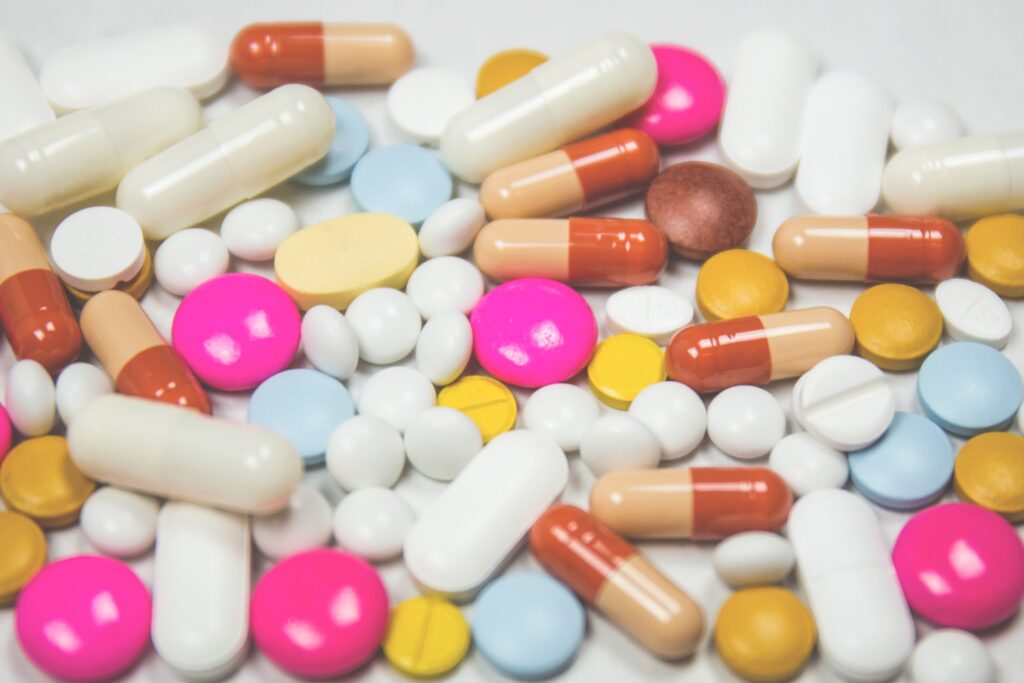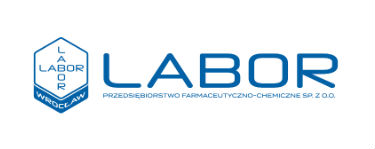WHAT IS THE DIFFERENCE BETWEEN A TABLET AND A CAPSULE?
Summary
Tablets were introduced into medicine in 1843 by the British inventor William Brockedon, and capsules in the 19th century in France, where a patent for their production was obtained in 1834.
The main difference between a tablet and a capsule lies in the different production methods. The production of tablets consists in compressing the previously prepared tablet mass on devices called tablet presses.
The production process of hard capsules consists in filling them with the prepared mass and then closing them with a “lid” placed on the top.
Soft capsules are produced by one of two methods: the rotary die method (extrusion method) or the drop method. From a formal point of view, tablets and capsules are treated interchangeably and after bioequivalence testing, tablets can be registered as a replacement drug for the original capsule drug, and vice versa, capsules can be equivalent to tablets.

First, a bit of history.
Tablets were introduced to medicine by the British inventor William Brockedon, who in 1843 obtained a patent for a device that allowed to compress (under pressure) the powder into a tablet. Today, tablets are the most common and widely used form of the drug.
Capsules: This form of the drug was introduced into medicine in the 19th century. The first patent for a method of producing capsules and the capsules themselves was issued in France in 1834. These were hard gelatin capsules. The technology of their production was to solidify hot liquid gelatin on a cold brass rod. Capsules quickly gained popularity in France and beyond. In 1835, in France alone, 3.5 tons of gelatin were used for their production.
The main difference between a tablet and a capsule lies in the different production methods.
The production of tablets consists in compressing the previously prepared tablet mass on devices called tablet presses. This is done in such a way that the tablet mass is poured into special pockets and then compressed by two punches adjusted to the shape of these pockets, the upper and the lower. The size and shape of the tablets can be freely selected by using different sizes and shapes of the pockets and punches. The pressure force of both punches is adjustable. The resulting tablets are harder, more abrasion resistant and have a longer disintegration time at higher pressure. The lower pressing force makes the tablet more fragile. An example of a type of tablet that is usually quite friable and relatively soft is e.g. effervescent tablets. After forming, some tablets are coated in special machines called coaters. This process involves spraying a solution of coating substances in a strong stream of air.
Hard capsules.
The shell of these capsules is usually made of gelatin, sometimes cellulose is also used. Gelatin capsules are produced with a capacity of 0.06 to 3.6 ml.
The gelatinous shells of hard capsules consist of two cylindrical parts which are open on one side and often snap shut when inserted into the other. In the process of creating capsules, auxiliary substances such as water (up to 16%), glycerol, dyes are added to them. Capsules of this type are produced industrially and can be filled with powders, granules, pellets, dragees and micro-shots and contain several ingredients at once, e.g. a small tablet and a powder. The production process of such capsules consists in filling them with the prepared mass and then closing them with a “lid” placed on the top. The process of filling and closing capsules takes place in a device called a capsule machine.
Soft capsules
Soft capsules have a one-piece shell (usually thicker than hard capsules). The coating is flexible, soft and contains plasticizers in addition to gelatin. Most often, glycerol is used as a plasticizer in an amount up to 60%. In addition, dyes, preservatives or fragrances are added. Soft capsules are filled with liquids or paste-like masses. However, the capsule filling must not be an aqueous solution as this would cause the shell to dissolve. In such capsules, oil solutions of fat-soluble vitamins, such as, for example, vitamins A, D, E, K, and medicaments in the form of pastes, which cannot be tableted, are most often sold.
There are two methods of producing such capsules
? Rotary die method (extrusion method)
Production by this method is a continuous process resulting in the production of seamed capsules. Proper formation of capsules is preceded by the preparation of gelatin mass and filling. The gelatin mass is then spread over cooling drums and formed into elastic bands of controlled thickness. The belts are put on a set of two rollers with semicircular indentations on the surface. Capsules are formed by dispensing the drug substance into the recesses and closing them by simultaneously rotating both rolls. The formed capsules are transported by a conveyor belt to the drying drums and then packed.
? Drop method
This method consists in simultaneously dropping a hydrophobic drug solution and a gelatin solution through a double nozzle into an inert liquid (usually liquid paraffin) in such a way that the gelatin forms an outer layer. The droplet formed is then subjected to an electrical impulse so that it closes to form a spherical capsule. Such capsules, falling to the bottom, cool and solidify. Then the finished capsules are washed of paraffin, dried and packed.
Capsules, like tablets, can be coated with a wide variety of substances. Coating is used, among other things, to: increase resistance to external factors and thus their durability, facilitate swallowing, give color and aesthetic appearance. Coating can also change the properties of the drug. This is one way to prepare prolongedrelease (gastro-resistant tablets) and modified release (e.g. prolonged) tablets.
From a formal point of view, tablets and capsules are treated interchangeably, and after appropriate research, tablets can be registered as a replacement drug for the original drug in the form of capsules, and vice versa, capsules can be equivalent to tablets. Of course, registration of such equivalents must be preceded by tests proving their bioequivalence.
AUTHOR: Dr n. farm. Andrzej Tarasiuk




